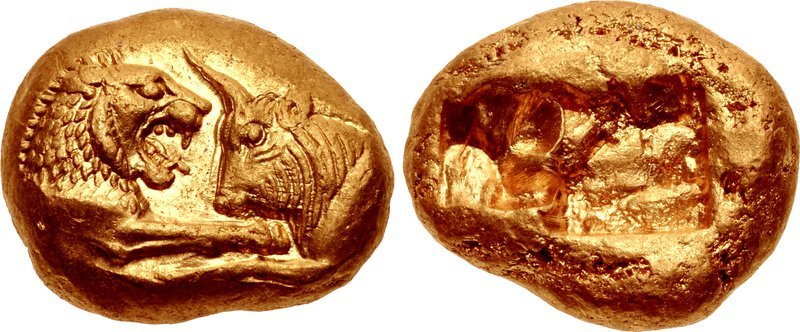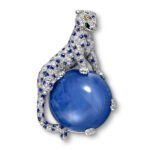Gold coins have fascinated humanity for millennia, serving as symbols of wealth, power, and craftsmanship. Their story is not just one of currency, but of civilization itself, reflecting the rise and fall of empires, the ambitions of rulers, and the evolution of trade across continents.

Origins of Gold Coinage
The history of gold coins begins in the ancient kingdom of Lydia, in what is now western Turkey. Around 600 BCE, King Croesus of Lydia minted the world’s first gold coins, known as “Croeseids.” These coins were crafted from electrum, a natural alloy of gold and silver, and bore the image of a roaring lion..
The Spread of Gold Coinage
As empires expanded, so did the use of gold coins. In Persia, King Darius I introduced the Daric, a gold coin bearing his image, which became a standard for trade across the Achaemenid Empire. The Greeks followed with their own gold coins, including the famous “Stater” of Alexander the Great, whose image spread his legacy across his vast empire. Rome’s gold coinage, beginning with the “Aureus” and later the “Solidus” of the Byzantine era, became a cornerstone of European trade. Even after the fall of Rome, gold coins continued to circulate, their value transcending the empires that minted them.
From ancient Lydia to the modern world, gold coins have remained a testament to human artistry, ambition, and the enduring allure of gold. They are more than just
currency; they are windows into history, telling the stories of kings, empires, and
civilizations that once shone brightly, just like the precious metal they were minted from.”)
Gold Coins in the Islamic World
The Islamic Caliphates also contributed to the history of gold coinage with the “Dinar,” which became a symbol of prosperity across the Islamic world. These coins often
featured intricate calligraphy and were accepted in markets from Spain to India.
Medieval and Renaissance Gold Coins
During the Middle Ages, European kingdoms minted iconic gold coins like the Venetian Ducat and the Florentine Florin, which became trusted standards for international trade. The Renaissance brought a renewed artistry to gold coinage, with intricate designs and portraits of monarchs.
Modern Gold Coins
The 19th and 20th centuries saw gold coins become symbols of national pride, with coins like the British Sovereign, the American Gold Eagle, and the South African Krugerrand becoming not just currency but collectors’ treasures.



